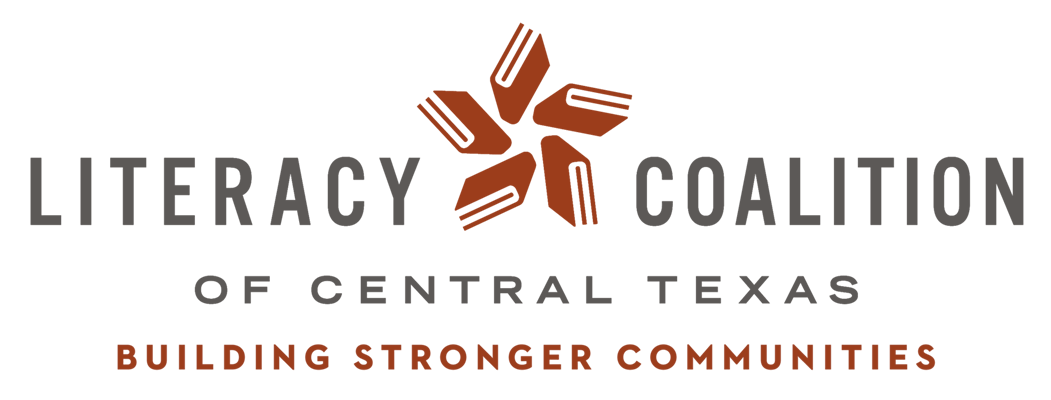
The impact of using color has been a hot topic at English Forward lately. Ann Ritter of Crawford Country Volunteers for Literacy asks about ways to use color more effectively in the classroom. Great question, Ann! Many of us use color to organize information on the board, for example to distinguish different lines of a dialog. There’s a whole science around the impact the color of walls has on students, but since I know most of you have no control over the color of your classroom, I’m going to keep this post focused on simple things teachers can do.
I went to a workshop a while back and the facilitator told us that we’re most likely to recall color information on a page, followed by shape, placement, words, and then numbers. Color can enhance learning by increasing retention, comprehension, and participation. And because different colors cause different reactions, hot colors like red and orange are great for motivating, while cool colors like blue are best for factual info.
Here are a few different ways to take advantage of the power of color:
**Use different colors on the board to accentuate the point you are trying to call attention to. For example, when teaching simple past-tense, write the –ed ending on verbs in another color. The Highlight How English Works step of the lesson flow is a great place to use color in this way.
**For beginning learners, ask them to look for and underline or highlight certain words in a story. This is a great way to ease them into working with text.
**When writing sentences on the board or having students put word cards together to form sentences, highlight different parts of speech in different colors. Unless you have advanced learners, I wouldn’t get into discussing grammar and parts of speech, but you can talk about the fact that all the people words are green and all their actions are written in blue.
**Color can also be used to help with organization. If you give out vocabulary lists, try putting them all on the same colored paper. Same thing if you give students worksheets to do at home.
I do have a few words of caution. Some research suggests the use of too many colors can be a strain. Also, I got an email from Jan Edelstein of the Winnebago County Literacy Council mentioning she had a teacher in one of her English Forward Instructor Trainings who was color blind. This became an issue when participants were working with the red, yellow and green signal cards. The challenge of using colored signal cards hadn’t even occurred to me – so thanks Jan for the heads up. Jan had the great suggestions of adding shapes as well as color to the signal cards. So, for example, the green card could be a circle, the yellow a triangle, and the red the shape of a stop sign.
Have a question to ask? Submit it using the ‘Ask A Question’ box on the right of the pages. We’ll select a few questions and answer them each month.
